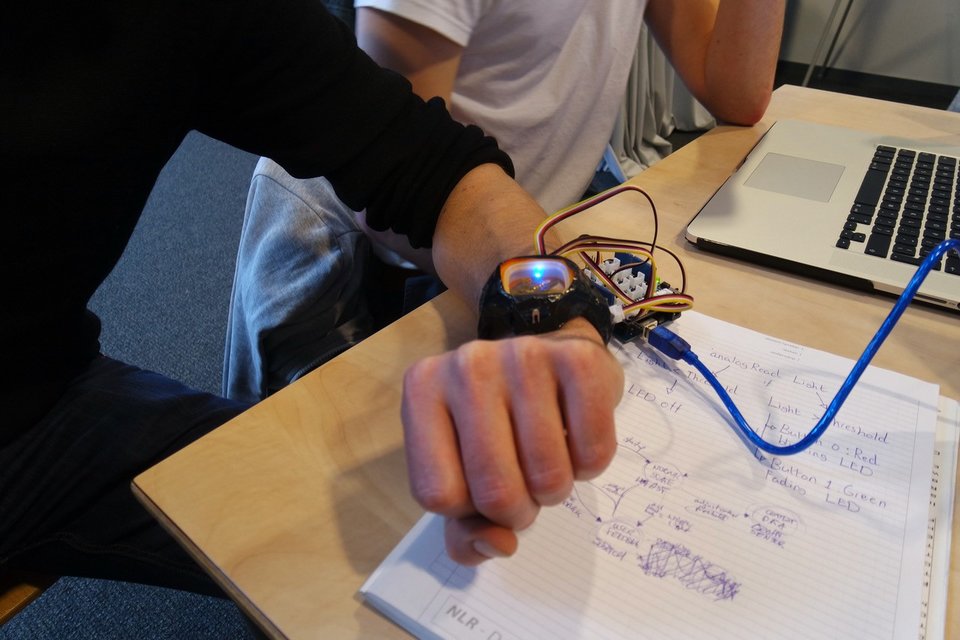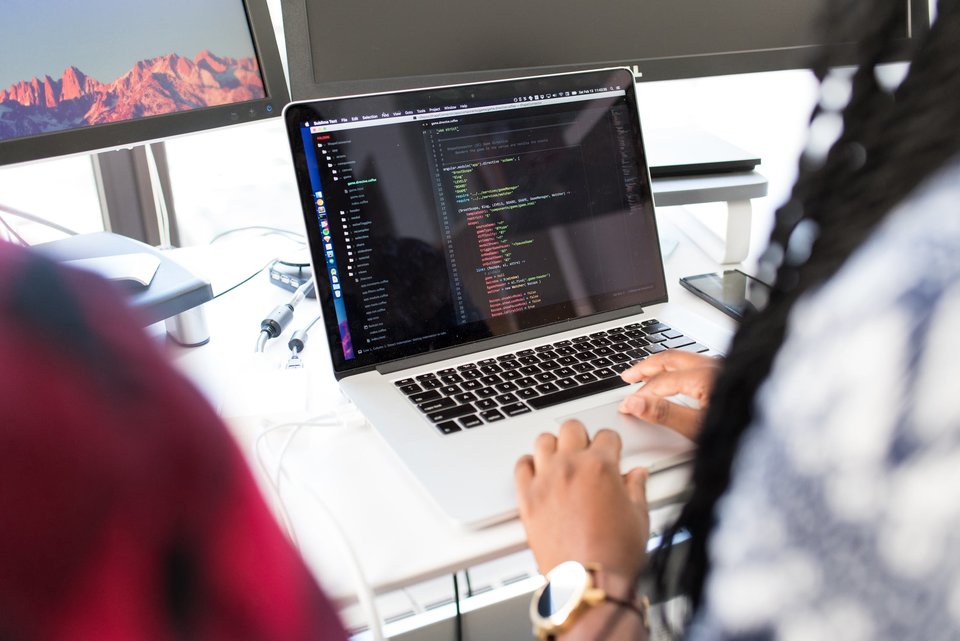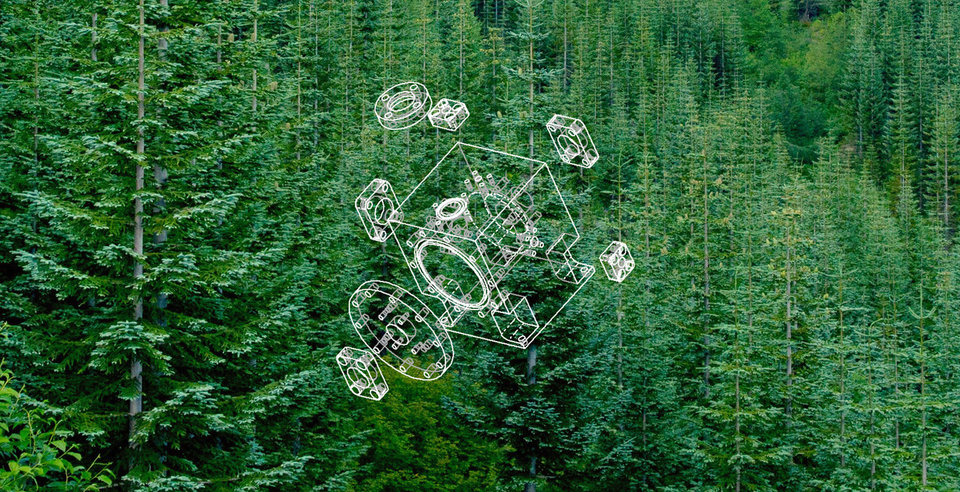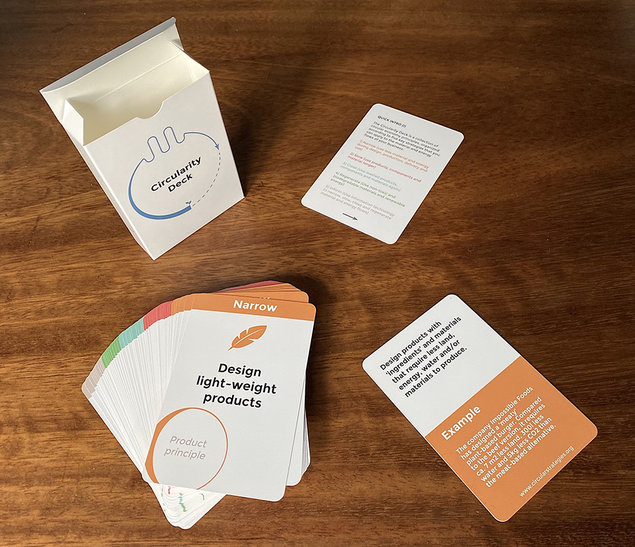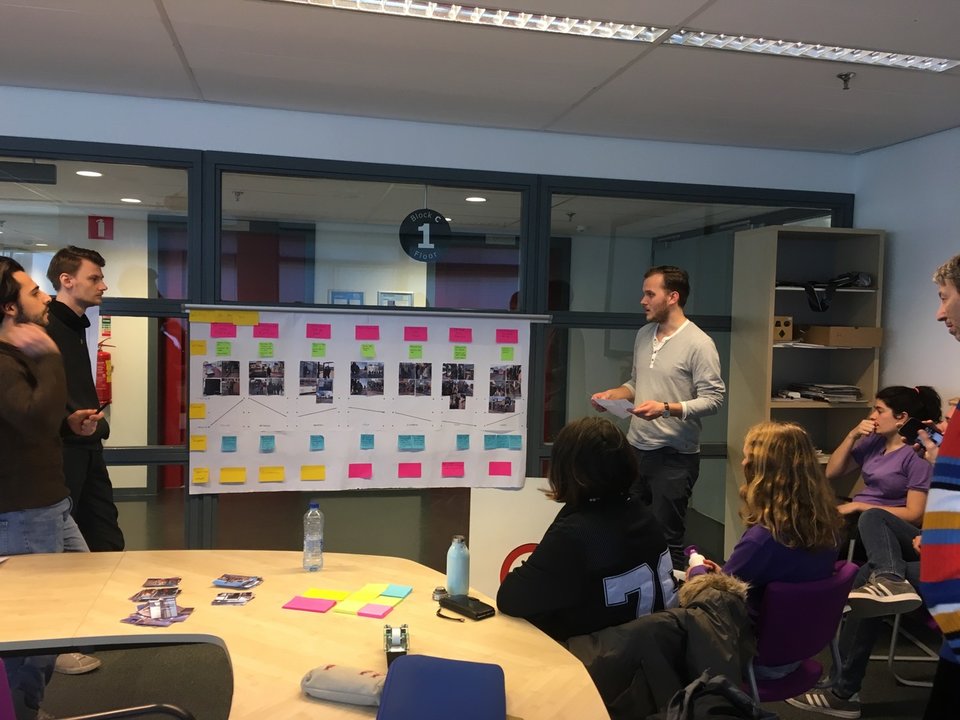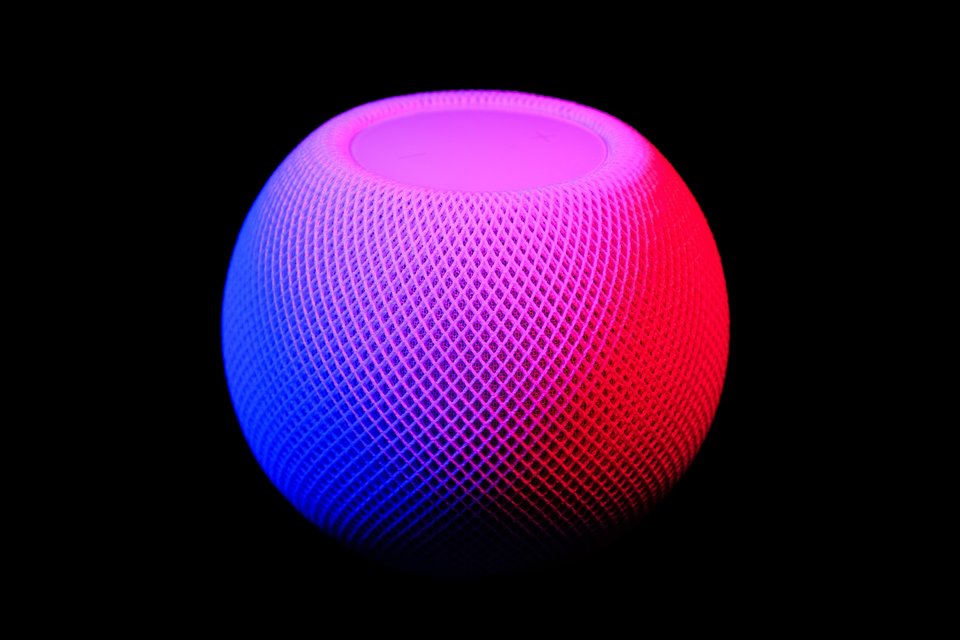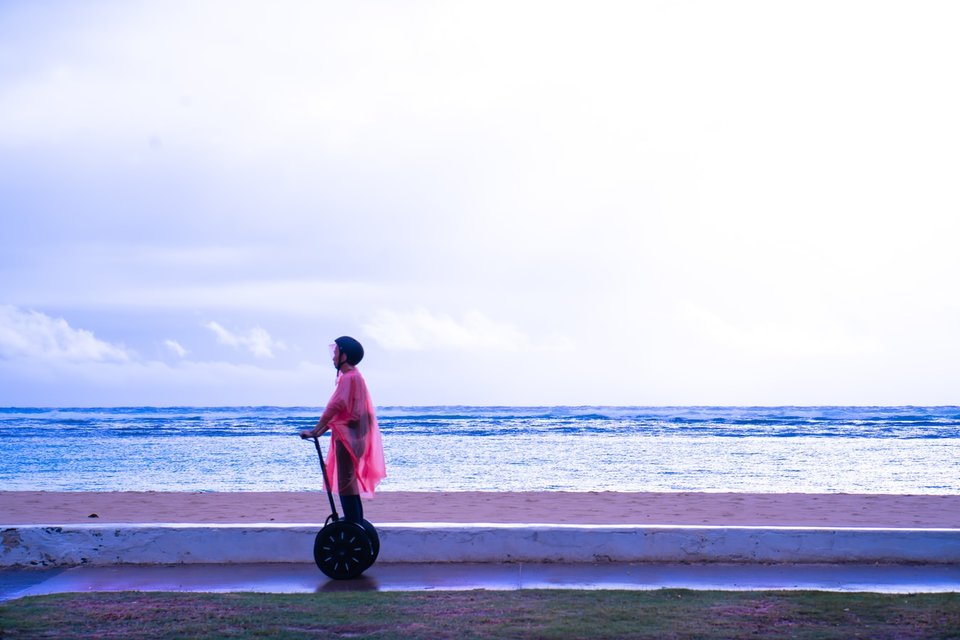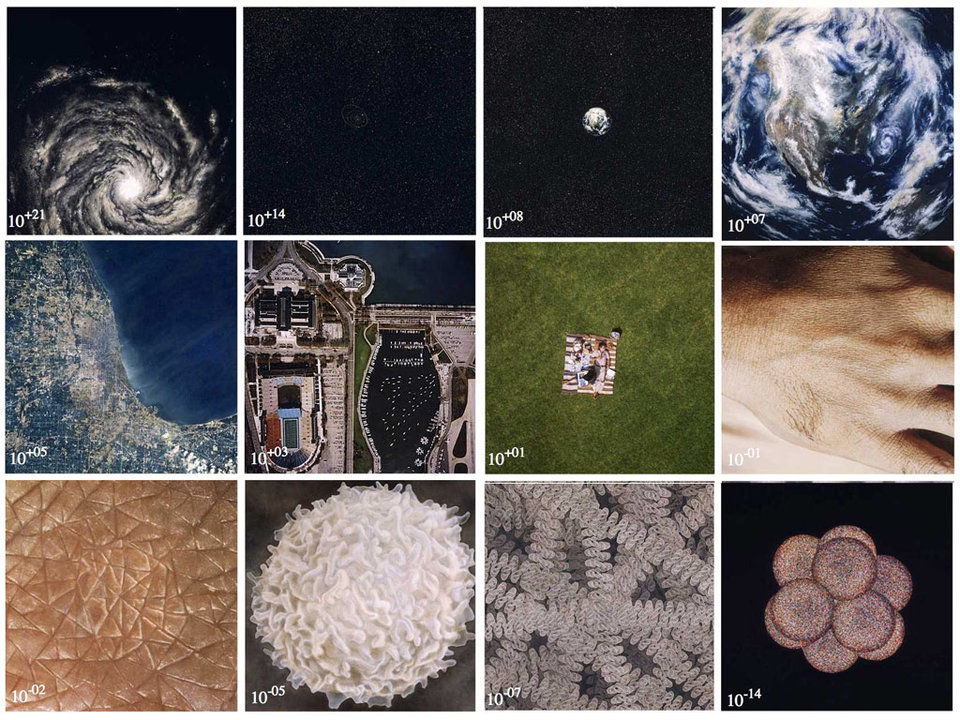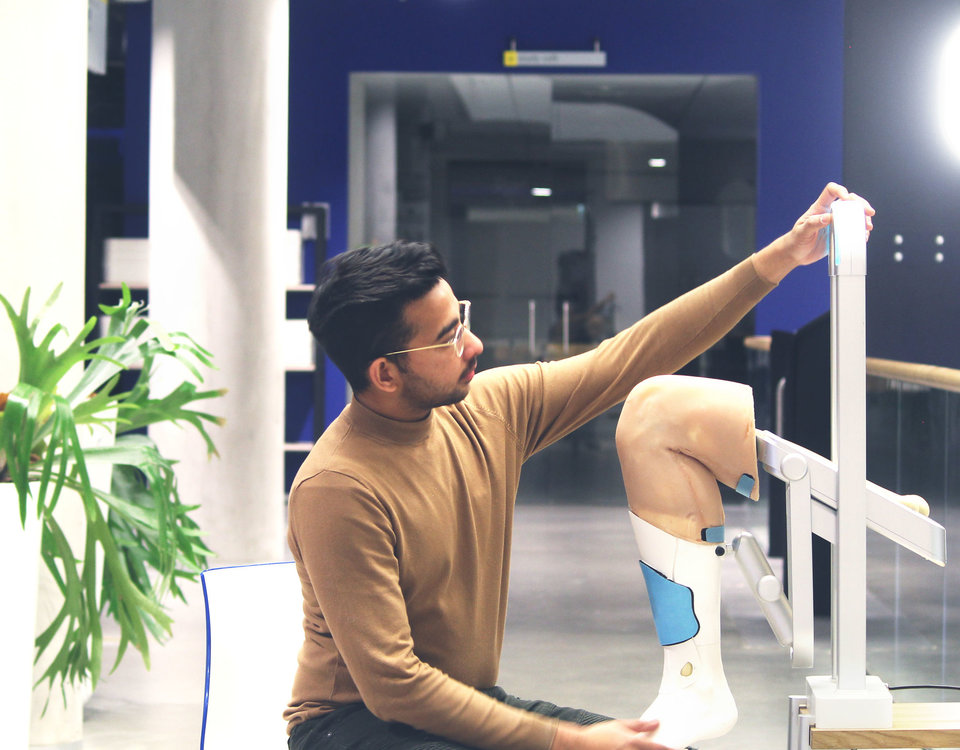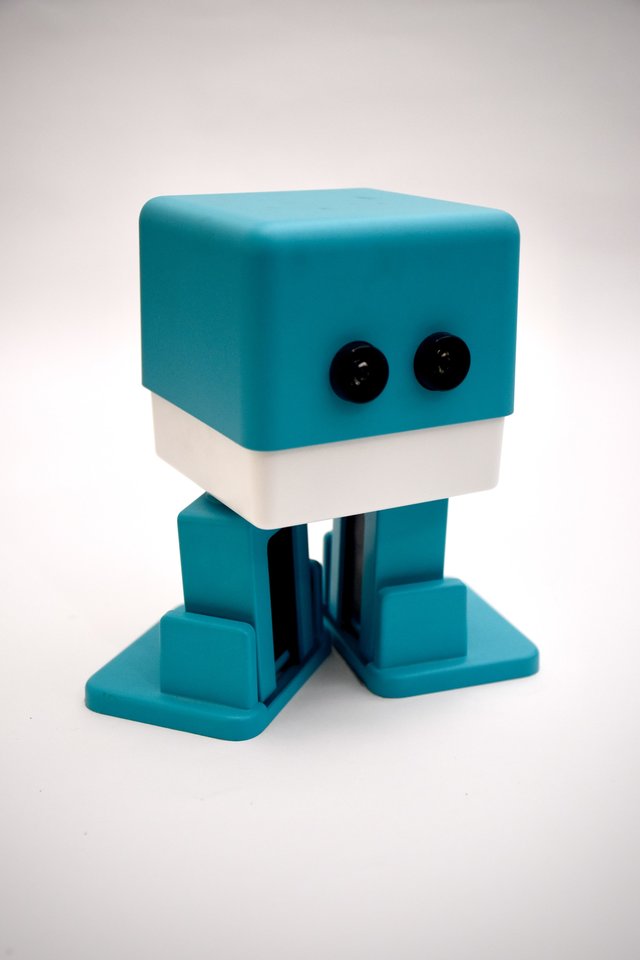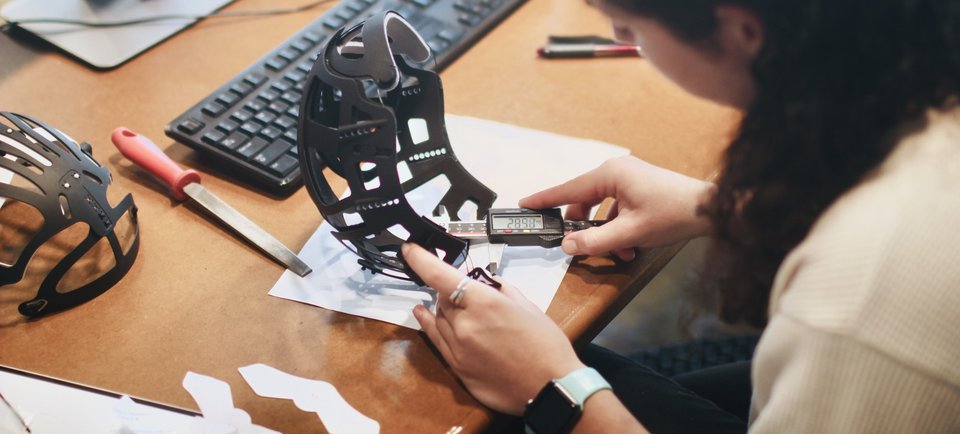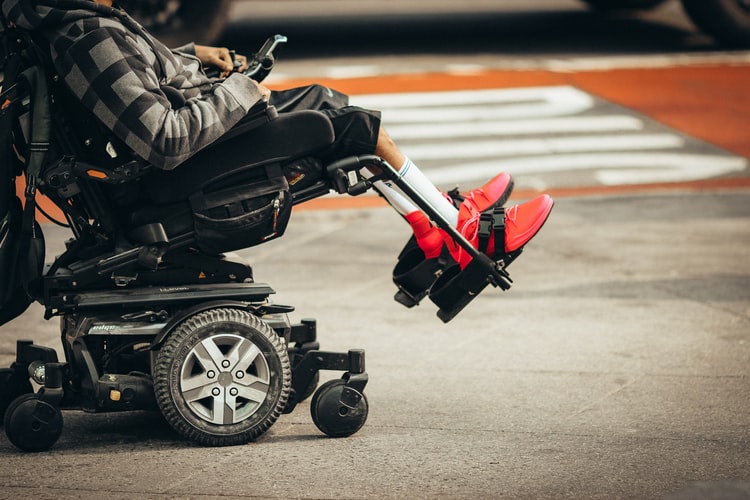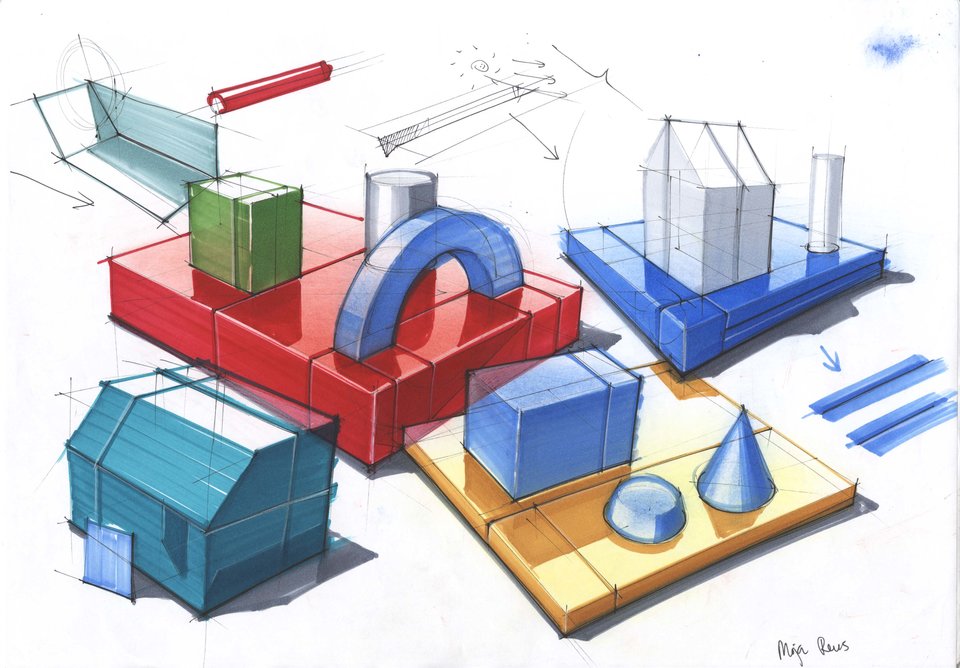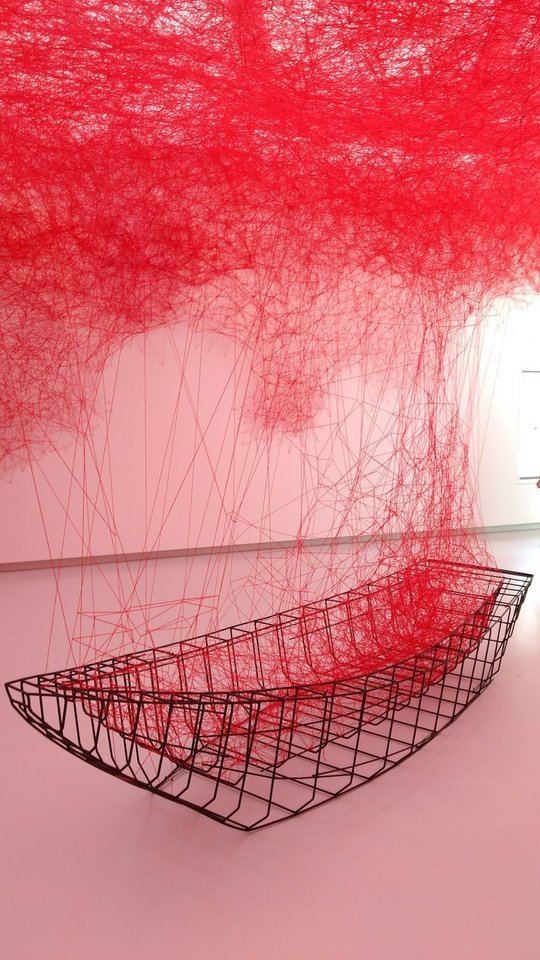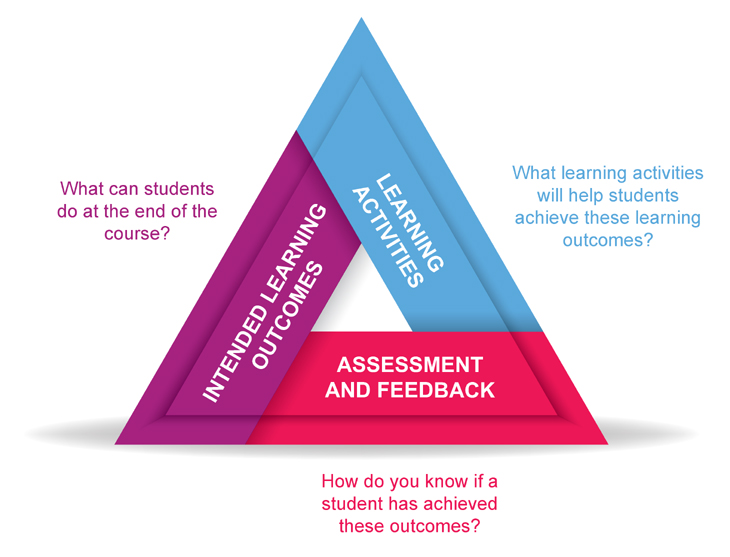Discover the IDE Bachelor
Design is in our DNA. Since the dawn of time humans have been using their hands and brains to shape the world around us. From the most basic Stone Age tools, to the most sophisticated of smart phones. Design has the capacity to change the world and improve human life. But as the pace of technological change increases and the complexity of problems grows, design must not only keep pace, but also anticipate and shape the future world.
On this page you can discover how the faculty of Industrial Design Engineering rises to the challenge and prepares the designers of tomorrow.
Besides the pilars people, technology and organisation, the renewed Bachelor programme is redesigned around two principles:
- Always Designing
People learn how to design by continuously doing design. Therefore the backbone of the curriculum is design projects for every semester of the programme, which tackle different complex challenges. In the design projects IDME is integrated. This is a learning line, in which you will explore and embrace your role as design engineer in order to become a self-conscious designer. - Adopt an active learning attitude
An eagerness to keep on learning is fundamental for a designer. Our teaching methods aim to stimulate an active learning stance, while students are challenged to take responsibility for their own learning process and development.
Even though these points are at the core of IDE, each semester will have a different emphasis. Curious to find our more about these themes and the content of the courses? Click onto the semester pages and discover IDE!
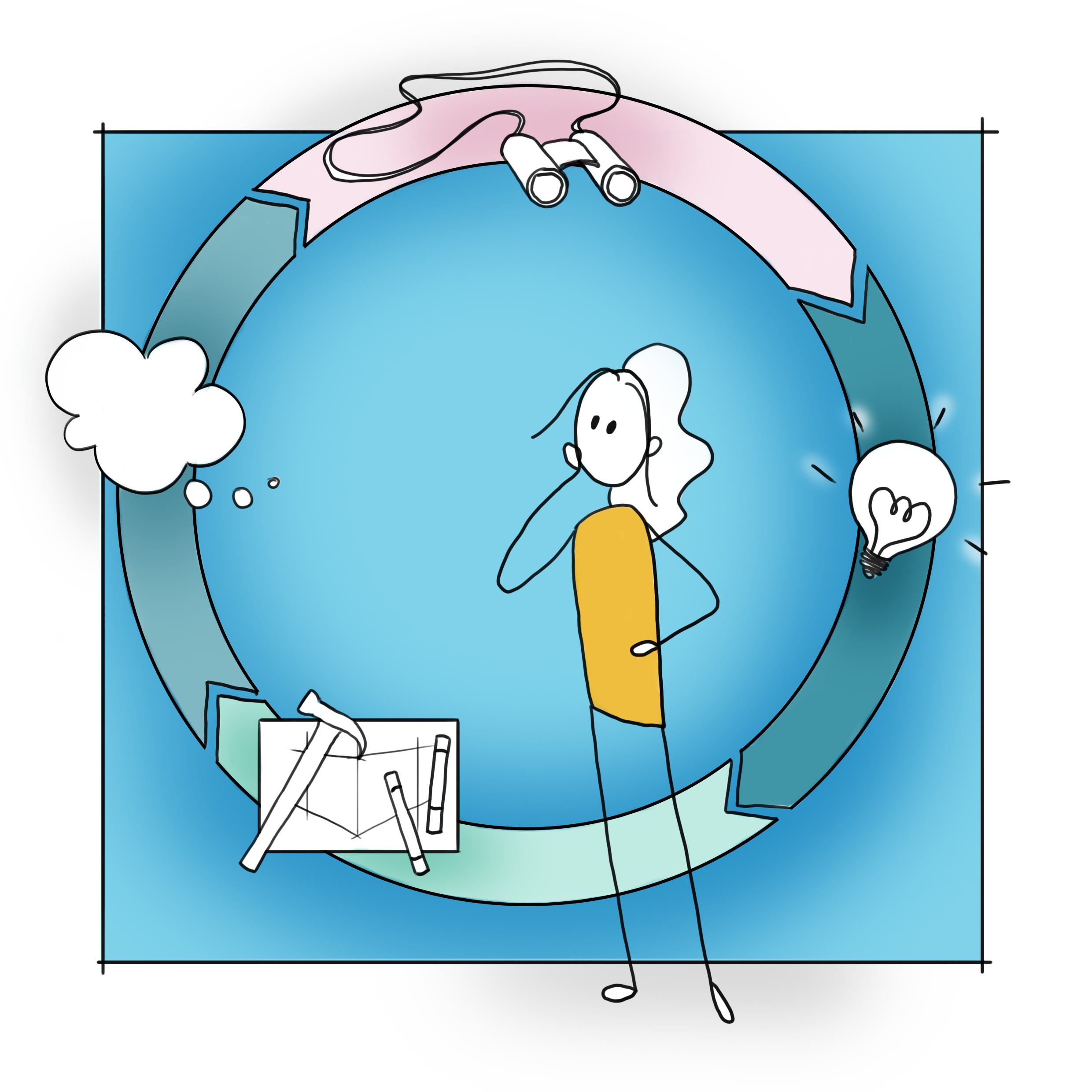
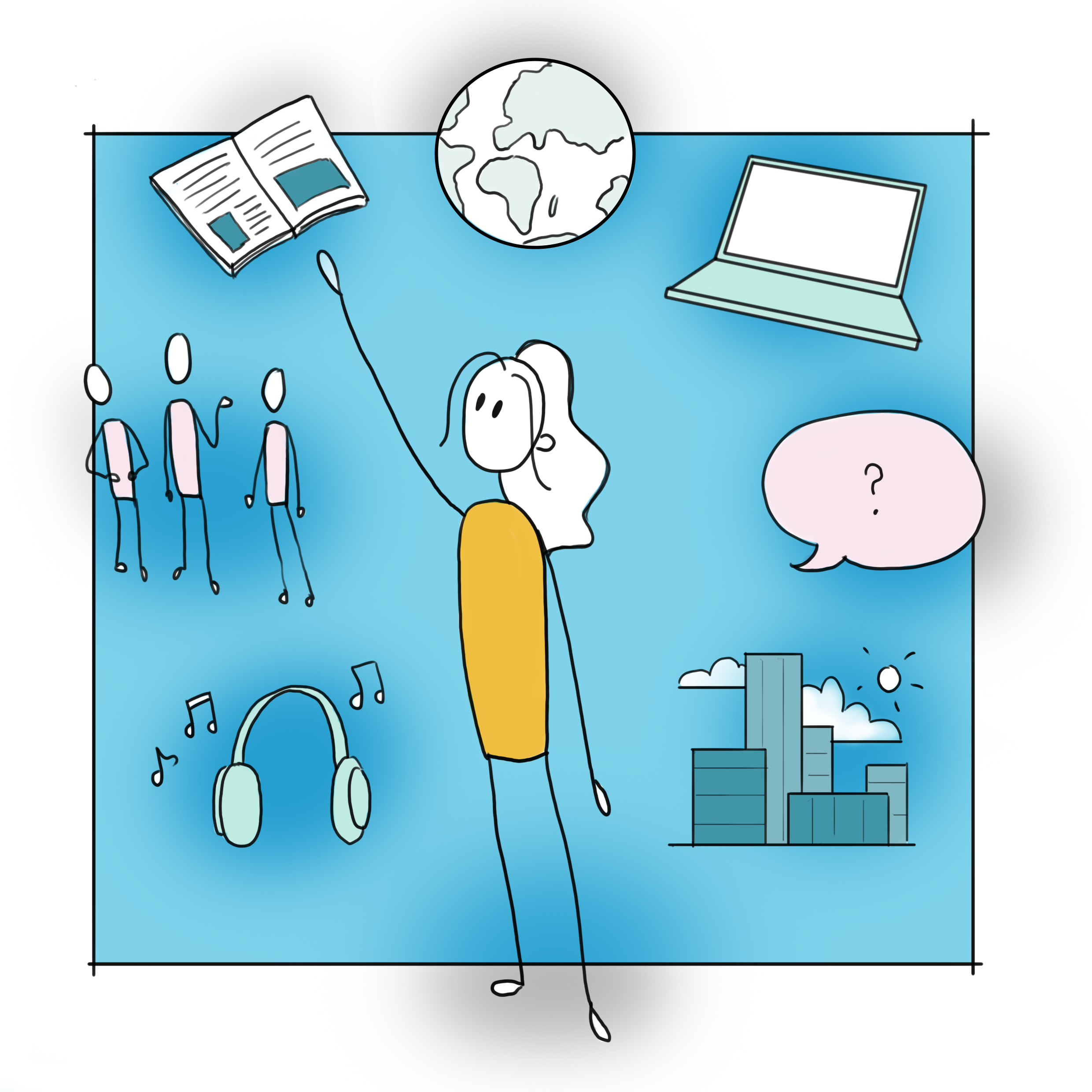
Semester 1
Introduction to IDE
Welcome to the Industrial Design Engineering’s (IDE) bachelor’s programme. In the first design project, you start with small projects to learn about the different aspects within the field of design. After these mini projects, you design a product within clearly set boundaries. In the parallel courses, you learn the basics of the three pillars of design – people, organisations, and technology. Next to this, you get to know how we see design within our faculty, what our visions is and how complex the field of design has become.
By framing the domains, the complex field of design becomes manageable. The more you learn, the more you see these pillars are interconnected.
Semester 2
Product-service systems
After the first products are designed in Semester 1, it’s time to take the next step. This includes exploring the digital side in Semester 2.
By quickly going through design iterations, product-services are designed. The knowledge taught in Semester 1 is expanded upon in the parallel courses in this semester. The interaction between people and digital technology will play a central role in this.
You also learn how to conduct research for design projects and how to create value with a product-service for a user and an organisation. By the end of the year, you will have taken your first steps towards embracing complexity.
Semester 3
Sustainable Impact
At the start of the second year you develop your first product-service within a system. Following this, you create an innovative design from a sustainability perspective to improve the system. This semester highlights how the pillars of people, technology, and organisations are always connected.
You will expand your technical knowledge, which will allow you to create more dynamic designs. In addition to this, you learn the important role data plays in the design process, how people learn to look to the future, and how to take aspects of sustainability into account.
You learn about the impact designers can have on the world and how students can make independent choices in the fourth semester.
Semester 4
Follow your own path
By the time you begin your fourth semester you will have a solid grasp of the complexity of the design field. In this semester, emphasis is placed on social themes. The goal is to change the system by designing interventions for social problems. The focus is on one stakeholder, as well as the other parties involved. You’ll learn that it is important to reflect upon your own position within design processes.
In addition to the design project, there are elective courses that deepen the knowledge in four themes: People, Organisations, Technology and Skills. This way you can choose courses that fit your personal interests. The electives run alongside the design project and because not everyone takes the same courses, you’ll learn from each other. You’ll notice that this broad knowledge can play an important role in your development as a designer and the development of your project.
Electives Organisation
Electives Technology
Electives Skills
Electives People
Semester 5
Minor
During the 5th semester, students will do a minor. You can choose to stay at IDE, follow a minor at another faculty of the TU Delft, broaden your knowledge by following a minor at a different university, or even go abroad.
The link below will bring you to the minor page of Industrial Design Engineering.
Semester 6
Position yourself as a designer
The final year of the bachelor’s programme is devoted to personal development and freedom of choice. For example, in this semester you can choose a minor within your own faculty, at another Dutch university, or you can even go abroad for six months.
After this six-month period, everyone returns to the faculty and there is again room for electives. These can deepen and/or broaden your knowledge and skills and are chosen based on your own interests.
Once you finish your electives, it’s time for the Bachelor Final Project. During this project, you choose the route you want to take. You get to choose the case, the design process, and the methodologies you want to use. The knowledge and skills you have gained over the past five semesters will be utilised and highlighted in your bachelor final project. Next to this, this is the last opportunity to learn the last new things.







